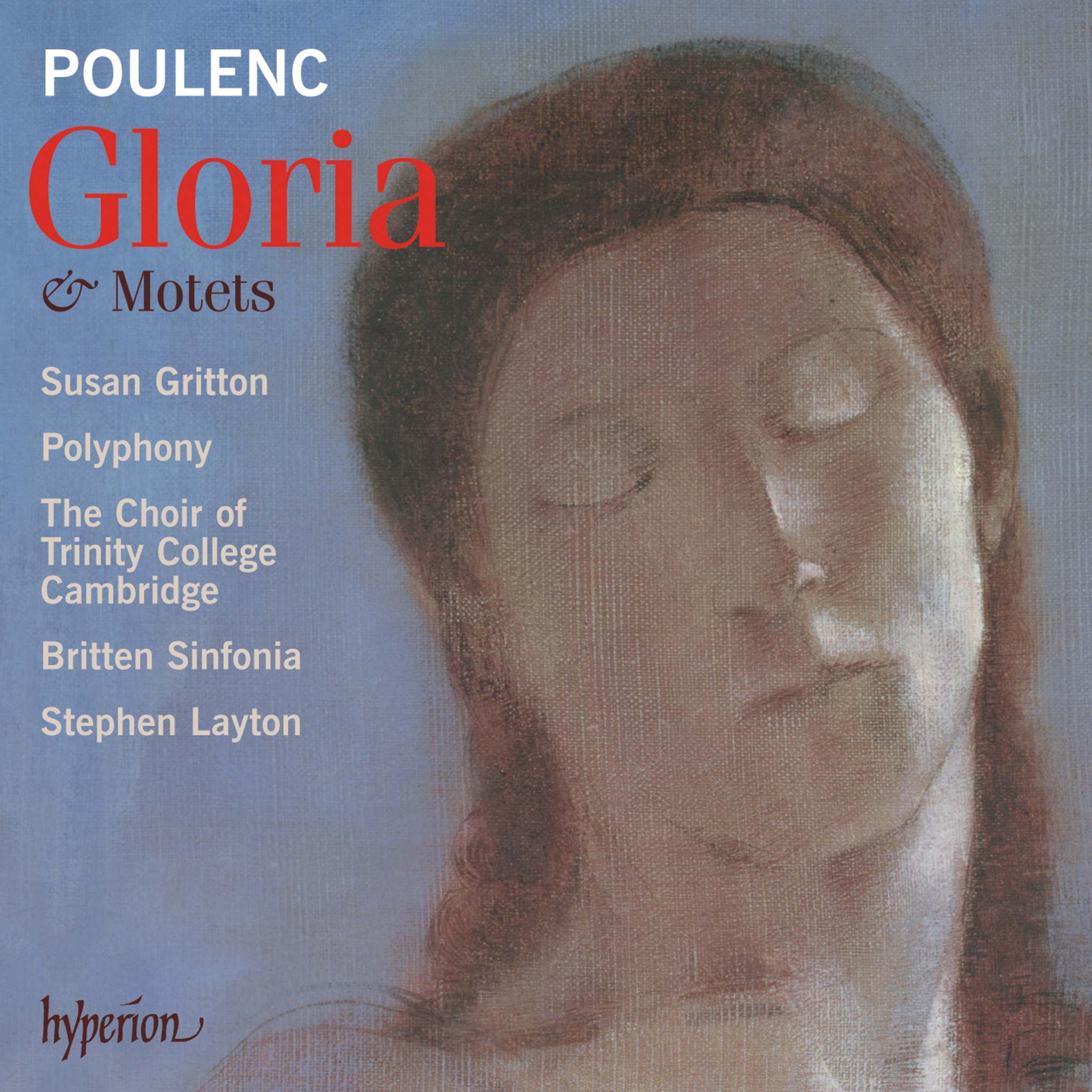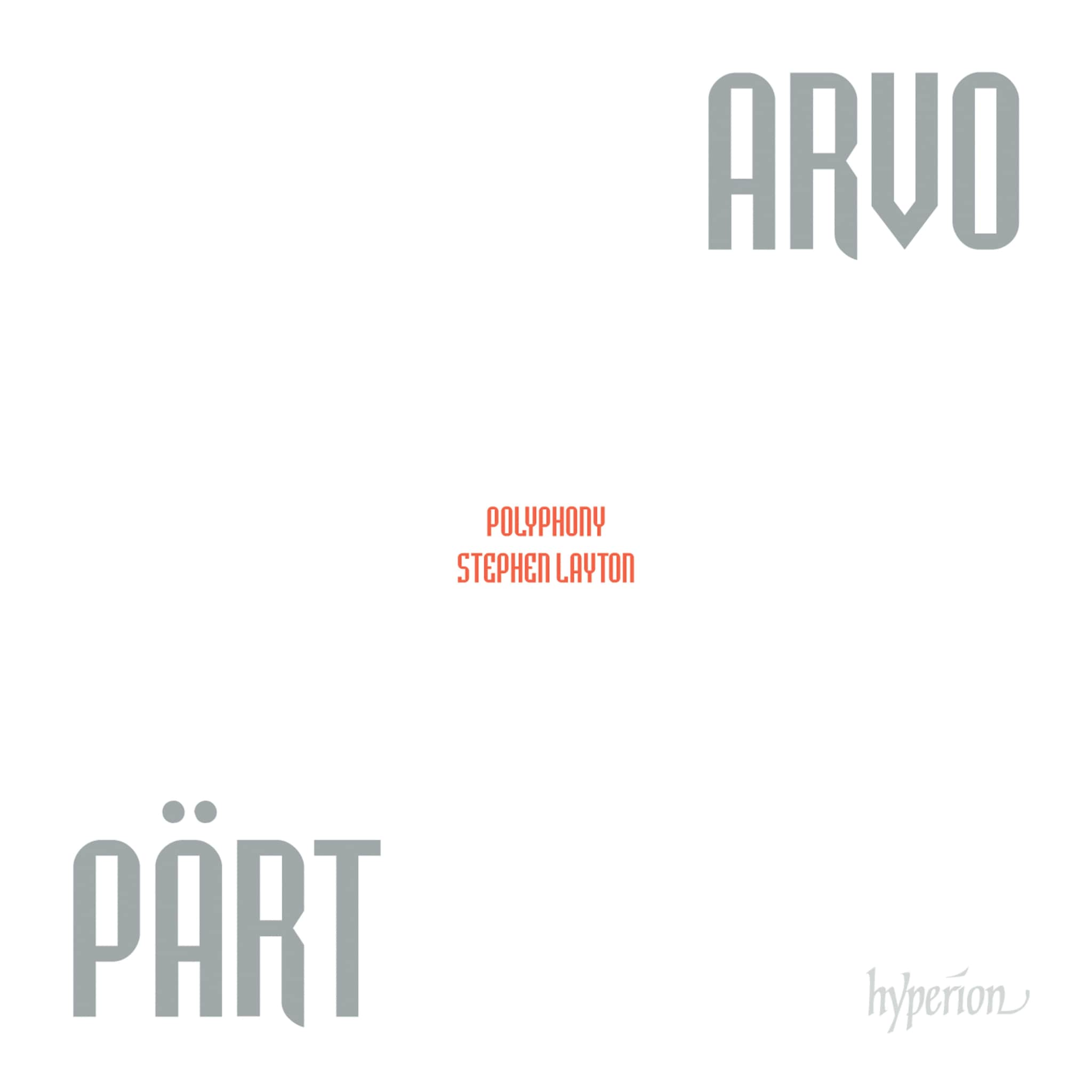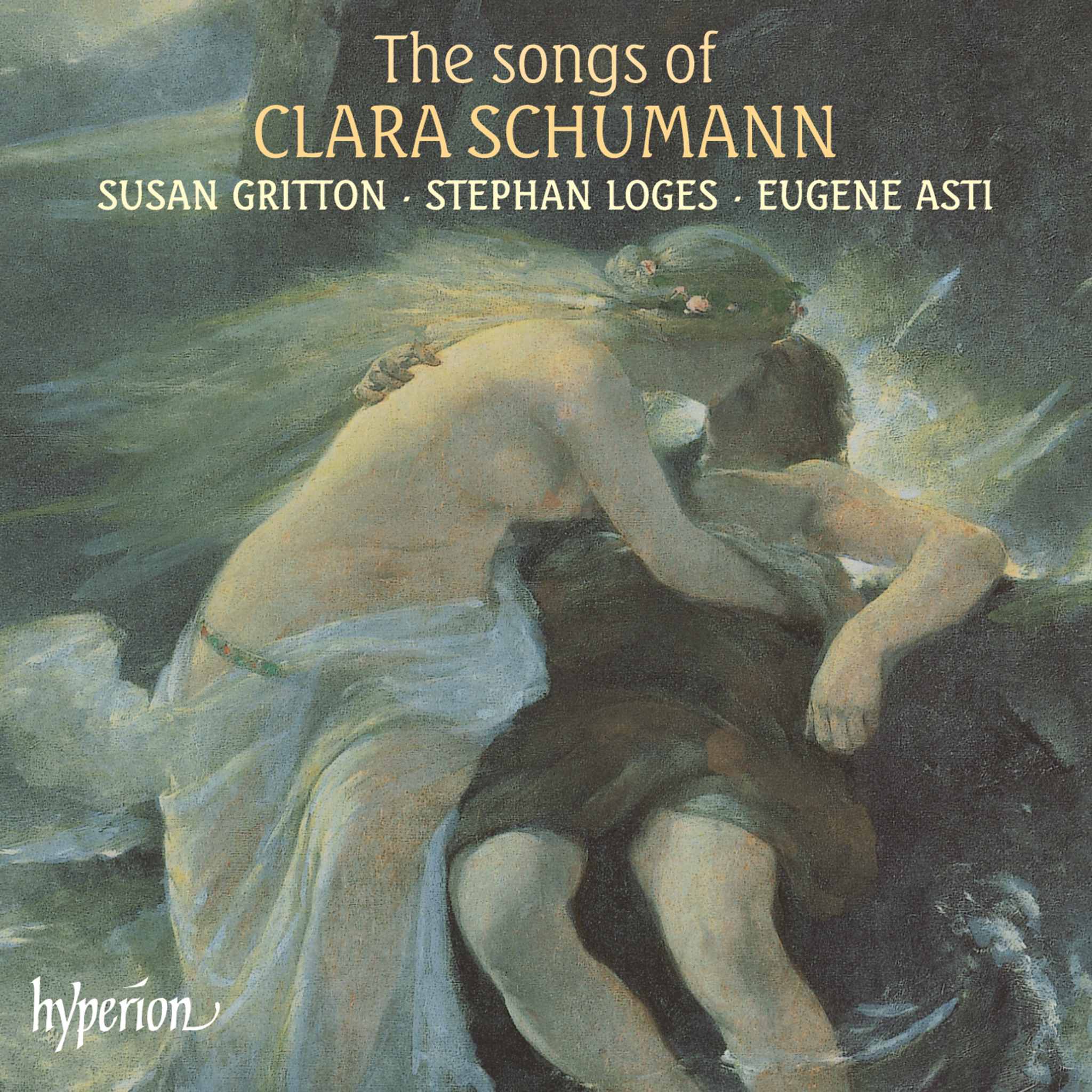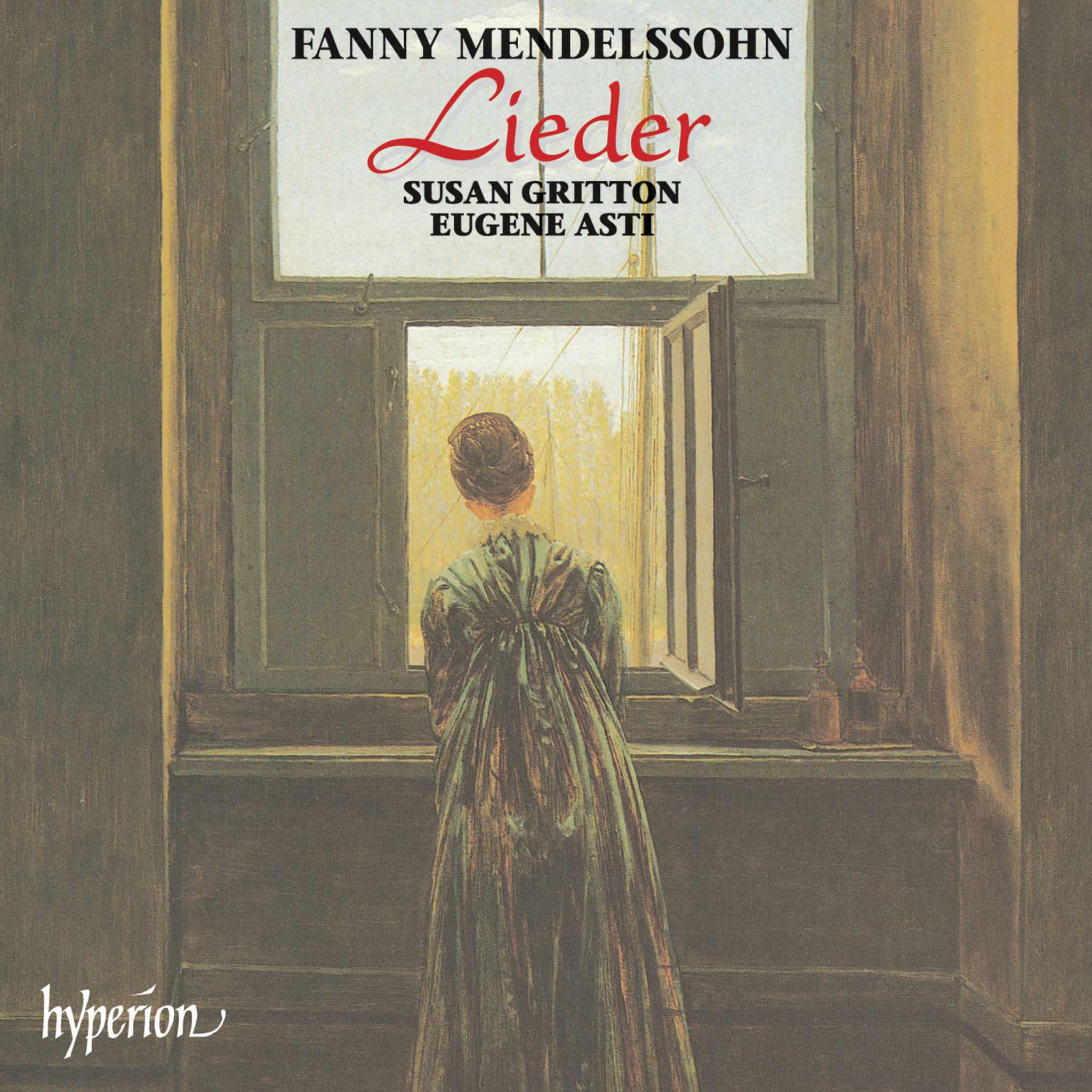Album insights
During the 18th century, Bach's motets were part of a tradition spanning five centuries. The term "motet" originated from the French word "mot" meaning "word," evolving in the 13th century to describe pieces where melismatic upper voices in organum passages were paired with mostly secular texts. Transitioning into the 16th century, the motet became a central genre in church music and evolved classically. Stemming from the unison Cantus firmus, the motet later transitioned to the use of imitation technique, marking a shift towards individual contrapuntal passages accompanying each text phrase. This genre primarily featured unaccompanied choral music, with Renaissance motet vocal lines often doubled or taken over by instruments.
To comprehend the history of the Baroque motet, understanding the term's usage during that time is crucial. Bach referred to his work "God is My King" as a "Motetto," although it would be classified as a cantata today, demonstrating the evolving definitions of the time. The term primarily referred to works incorporating elements of Stile antico, often performed with figured bass lines and instrumental doublings. In Bach's era, the term "motet" generally indicated pieces retaining late 16th-century polyphonic composition techniques, showcasing characteristics like multiple choirs. These compositions usually featured a succession of non-connected contrapuntal passages, despite the introduction of modern structural elements by Bach and his contemporaries.
Bach, during his tenure at Leipzig's Thomaskirche, had a standard requirement for a Latin motet every Sunday for morning and evening services, although he often relied on 17th-century repertoire. Notably, Bach's motets were primarily in German, created for special occasions outside regular liturgy. Modern scholarship recognizes only six authentic Bach motets, with disputed origins for some works. Among these, "Jesu, Meine Freude" likely composed for the funeral service of Johanna Maria Kees, boasts a complex structure, interweaving a popular chorale by Franck and Crüger with textual excerpts from Romans 8. Displaying a symmetrical blueprint, it features various settings of chorale melodies, free treatments of texts, and added text settings, exhibiting Bach's mature compositional style.
One of Bach's motets, "Furchtet euch nicht," composed for the burial of Winkler's wife, showcases a dual-section structure, marrying a modernized 16th-century polyphonic style with elements of chorales and fugues, reminiscent of his predecessors' work. Another motet, "Komm, Jesu, komm!" hailing from the 17th-century tradition, features a unique arrangement, adapting Thymich's text for a varied choral style culminating in a simple yet poignant aria. The motet "Der Geist hilft unser Schwachheit auf," composed for a memorial service, explores modern musical styles within a conventional motet framework, blending lively rhythm changes with solemn choral passages.
Bach's motets serve as exquisite examples of his innovative approach to choral composition, marrying traditional elements with modern nuances to create timeless pieces that have captivated audiences and influenced generations of musicians.












